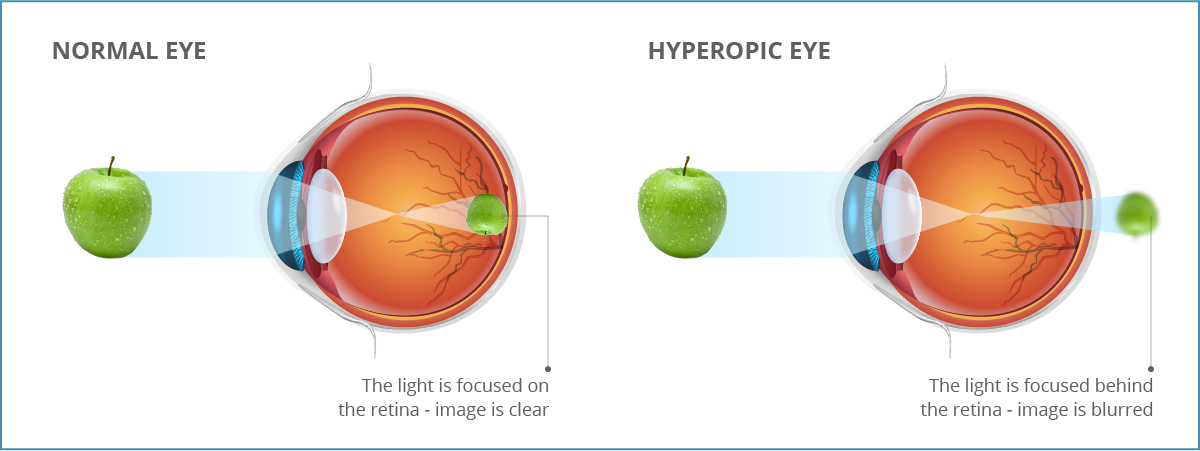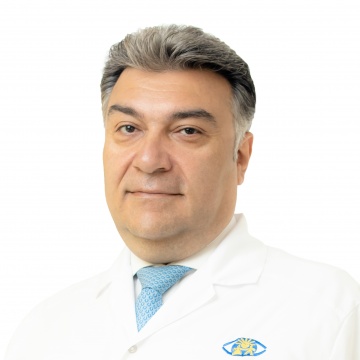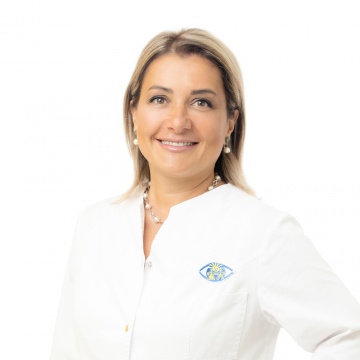Practically all newborn babies have child hypermetropia of about 3D. As time goes by the child grows, eyeball becomes bigger and optical focus shifts to retina, relieving hypermetropia.
In many cases of hypermetropia in children we manage to prevent the constant use of glasses by our patients. In some cases, patients still need glasses for close vision correction.
Diagnostics of hypermetropia
Hypermetropia in children is always a congenital disease.
We developed a standard for diagnostics of hypermetropia that lets us define the mechanism of its development in a child, define possible complications and come up with the program for the effective treatment.
The following procedures may be recommended for cases of hypermetropia:
- optical coherence tomography (OCT);
- visually evoked potentials (VEP);
- ultrasound A-scanning;
- examination with Goldman lens;

There are reasons to start the treatment of hypermetropia now
- Hypermetropia in children may often lead to amblyopia and strabismus which seriously affect shaping of the whole vision system. This is why the treatment should be started as soon as possible to prevent complications and accelerate functional rehabilitation of the child.
- If a child with hypermetropia has concomitant strabismus, one needs to maximally rehabilitate the child before school. Treatment courses are conducted several times a year depending on the child’s clinical state. If the treatment is started early, we can manage to regulate the growth of the eyeball which leads to decrease of the grade of hypermetropia.
- In some cases, due to various reasons, children’s hypermetropia can be more than 3D. To clearly see objects children, must strain their eye muscles. This results in decrease of visual acuity and development of amblyopia.
- Concomitant strabismus develops in 40% of cases with hyperometria in children.
Treatment methods for hypermetropia
- Right correction (optical correction or soft contact lenses)
- Treatment procedures must be conducted 4-5 times a year to increase visual acuity. Final quantity of courses and set of treatment methods will be defined by the ophthalmologist handling the child.


